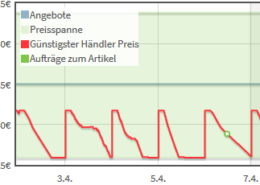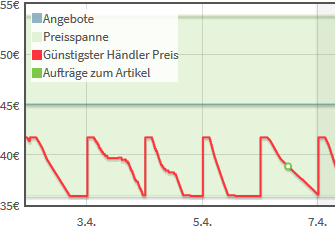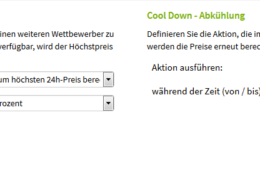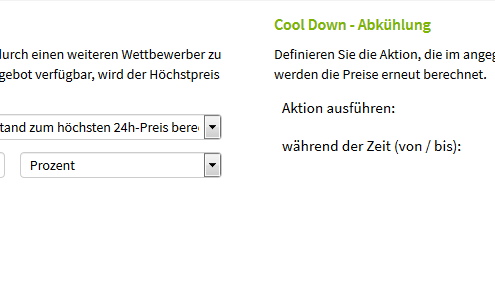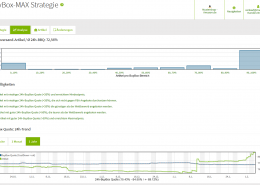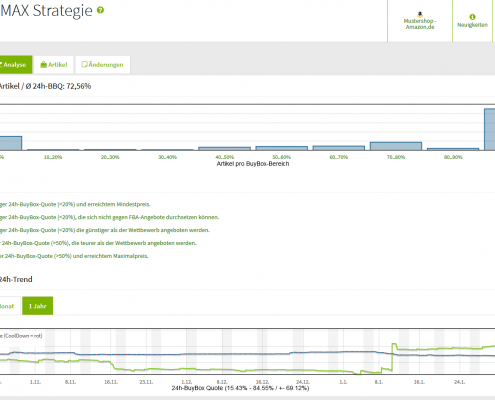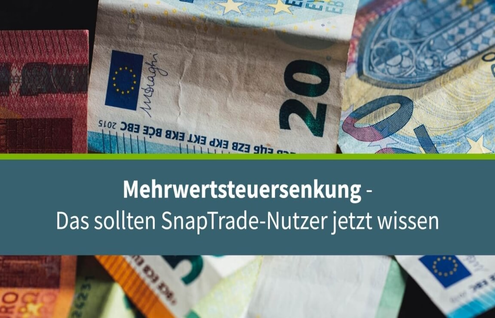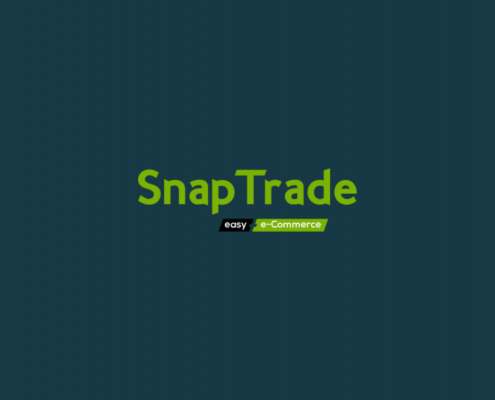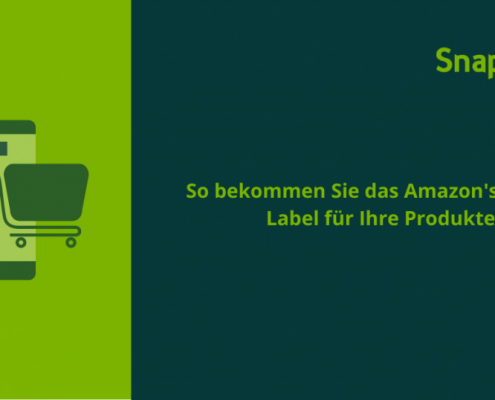Repricing: The Art of the Right Price Strategy

In order to be successful in e-commerce in the long term, retailers can no longer avoid adjusting their product prices these days. While a few years ago it was sufficient to occasionally check the prices of the competition, this is no longer sufficient today. Because it is not uncommon for dealers, here the special focus on marketplace dealers, to change their prices several times a day or even every minute. Since this process can hardly be done manually for marketplace retailers, automated price optimization including a sophisticated strategy is essential. In this post we explain which factors influence pricing and how our repricing strategies keep the price in balance. Have fun!
Pricing & Price Optimization
To manually and clumsily set the lowest price would of course be pretty easy and maybe a real best seller. From a commercial and strategic point of view, however, it is complete nonsense to sell all products without a margin. In order to be able to integrate intelligent and above all effective price optimization, the use of an automated system for price adjustment is an efficient solution.
Which factors are decisive for pricing?
- Costs: What are the costs for the company (fixed and variable costs)?
- Customers: How much are customers willing to pay for the product?
- Competition: How are the prices of the competition in the market?
- Shopping behavior: How does the target group behave with corresponding prices?
It has long been a matter of course that retailers have to change and adjust their prices several times a day due to these factors. What is needed here is a sophisticated pricing strategy tailored to the respective product. A sensible price strategy and the setting of the upper and lower price limits are primarily relevant. It is also important to calculate first, to cover the fixed costs and to maximize the profit margins.
By the way: The best way to determine the selling price is to add the fixed costs, the variable costs and the profit margin to the purchase price of the product. In any case, after deducting all variable and fixed costs, there should still be enough profit to set the minimum price.
Repricing strategies in e-commerce
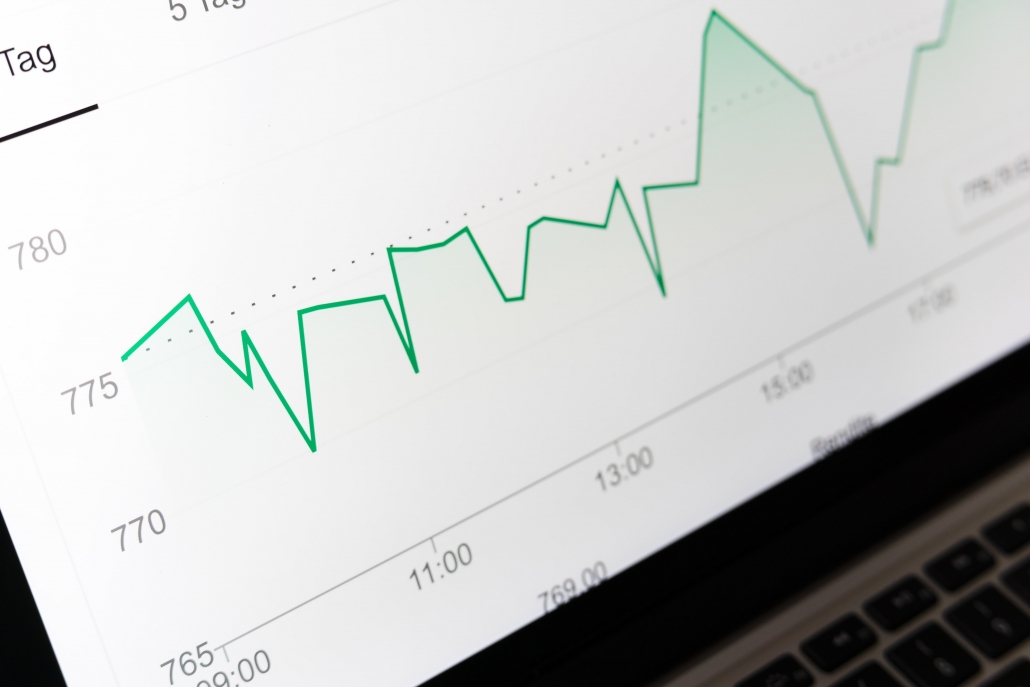
Experience shows that repricing strategies are used to drive success on the sales platforms. As a rule, this goal is made up of the following visions: Increase sales and product sales and stabilize sales prices. In addition to the growing e-commerce activity, the pool of strategies around the topic of pricing and repricing is of course also filling up. Here it becomes clear again what relevance the choice of the right pricing strategy is.
The long-term strategy is crucial
If a retailer only superficially informs himself about repricing, this could get the impression that the use of appropriate tools is constantly changing the price towards the minimum price and thus destroying the retailer’s margin. But caution is advised here, because this is intended for the short term! If a retailer decides to use a strategy, for example to undercut a competitor, but then increases its price again at a later point in time, appropriate strategies can be important for future sales. The use of repricer tools makes pricing a lot easier and can help perfect the pricing strategy, especially in the long term.
Repricing strategies with SnapTrade
An extensive range in particular requires a suitable strategy in order to remain or become competitive and, above all, successful. Our integrated strategies can be easily and individually adapted to the product range or needs. Our calculated prices are always within the price range specified by the dealer and ensure that everything runs smoothly. Here’s a little insight into repricing strategies for SnapTrade users:
- Jump Back
- Our jump back strategy prevents the rapid fall in prices. Your offer price will increase if the price gap to the next relevant comparison offer increases too much. SnapTrade recognizes whether the competition is also using price optimization and improves your margin.
- Cool down – cooling off
- With the cool down strategy you let your prices cool down by increasing the offer price of your products. This is possible especially in the early morning hours. Other providers will follow suit and the daily entry price will start increasing.
- BuyBox-MAX Strategy
- This intelligent BuyBox-MAX strategy automatically determines the optimal price difference to your competitors. The BuyBox-MAX strategy helps to get the best BuyBox price, taking into account many factors, and secures you the coveted place in the Amazon shopping cart.
Conclusion: With SnapTrade as a strong partner for an optimal price strategy
By the way: By the way, we have summarized more information about the various pricing strategies with SnapTrade here.

